
Introduction
The Byzantine Empire, also known as the Eastern Roman Empire, played a pivotal role in the shaping and spreading of early Christianity. Its influence can be seen in theological developments, church architecture, and its role in religious councils that defined Christian doctrine.
Theological Developments
Under the Byzantine Empire’s influence, theology underwent significant development. The Empire was home to the early Church Fathers — theologians whose writings and teachings laid the groundwork for Christian orthodoxy. Figures such as Athanasius, Basil the Great, Gregory of Nyssa, and John Chrysostom had a profound impact on Christian thought.
The Byzantine Empire also hosted several Ecumenical Councils, like the Council of Nicea in 325, which established foundational Christian beliefs. These councils addressed controversies such as Arianism, which questioned the divinity of Christ, and Monophysitism, which debated the nature of Christ’s divinity and humanity.
Architectural Influence
The architectural legacy of the Byzantine Empire is evident in the design of many Christian churches, influencing their layout, iconography, and decoration. The Hagia Sophia in Constantinople stands as a testament to the grandeur of Byzantine architecture. Built under Emperor Justinian I, it was the world’s largest cathedral and became a model for other churches during and after the Byzantine era.
This architectural style spread throughout the Empire and beyond. Churches were designed with significant features such as large domes and intricate mosaics, representing scenes from the Bible and lives of the saints, bringing both awe and theological teaching to the congregations.
Political and Cultural Influence
Politically, the Byzantine Empire served as a protector of Christianity and influenced various cultures and territories through its state-religion model. The Emperor was seen as God’s representative on Earth, blending political and religious authority, which served to strengthen and spread Christian doctrine.
Byzantine missionaries like Cyril and Methodius played crucial roles in spreading Christianity to the Slavic peoples in Eastern Europe. They translated the Bible into the Slavic language, using a script that would eventually become the Cyrillic alphabet, thus expanding the realm of Christian civilization.
The Arts and Iconography
Byzantine influence is also evident in the development and proliferation of Christian art and iconography. Icons, religious works of art, were not merely decorative; they served as teaching tools and objects of veneration within the church. This tradition gave rise to a distinct style of religious art that emphasized spiritual symbolism over physical realism.
Iconoclastic Controversy was a significant religious challenge within the Empire that had long-lasting effects on Christian art. The debate over the use of icons led to periods of destruction and restoration of religious images, eventually shaping the course of Christian iconography.
Conclusion
In summary, the Byzantine Empire’s influence on early Christianity is vast and enduring, affecting theology, art, architecture, and cultural exchange. The Empire helped to preserve and spread Christianity during a formative period in its history, leaving a legacy that continues to be felt in Orthodox Christianity and beyond.
The Byzantine Empire, also known as the Eastern Roman Empire, played a pivotal role in the shaping and spreading of early Christianity. The Empire was home to early Church Fathers whose writings and teachings laid the groundwork for Christian orthodoxy. 
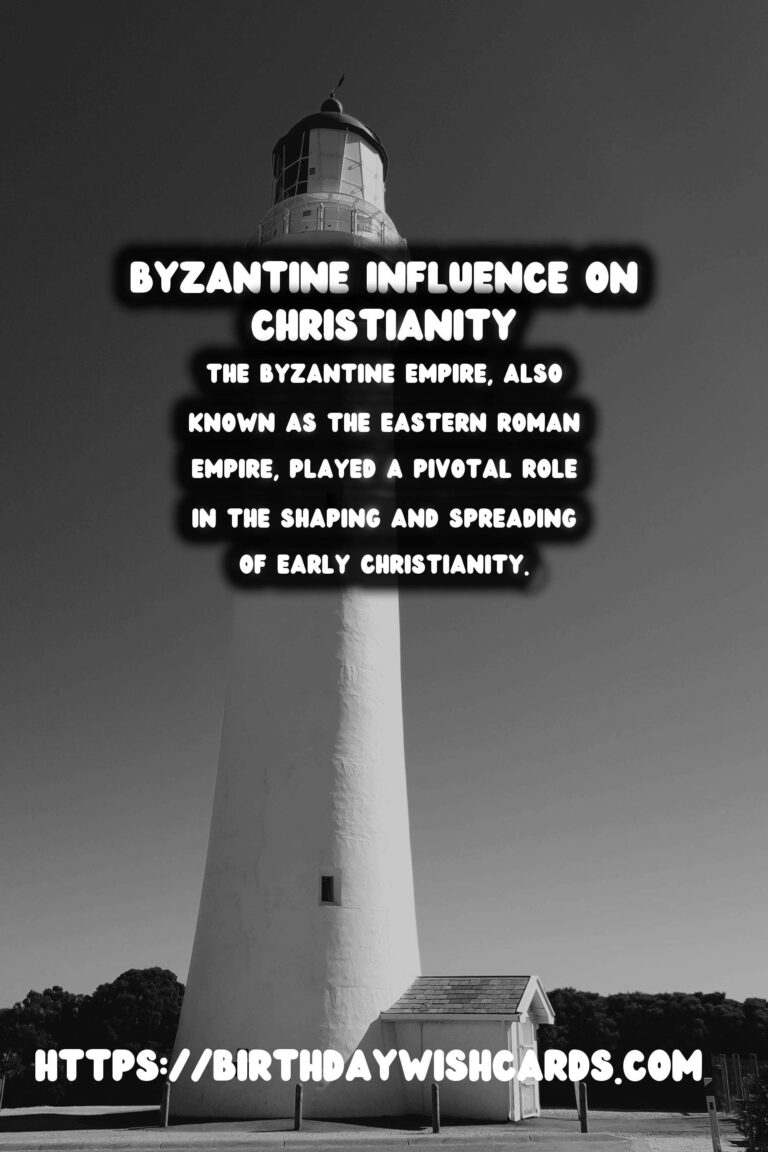
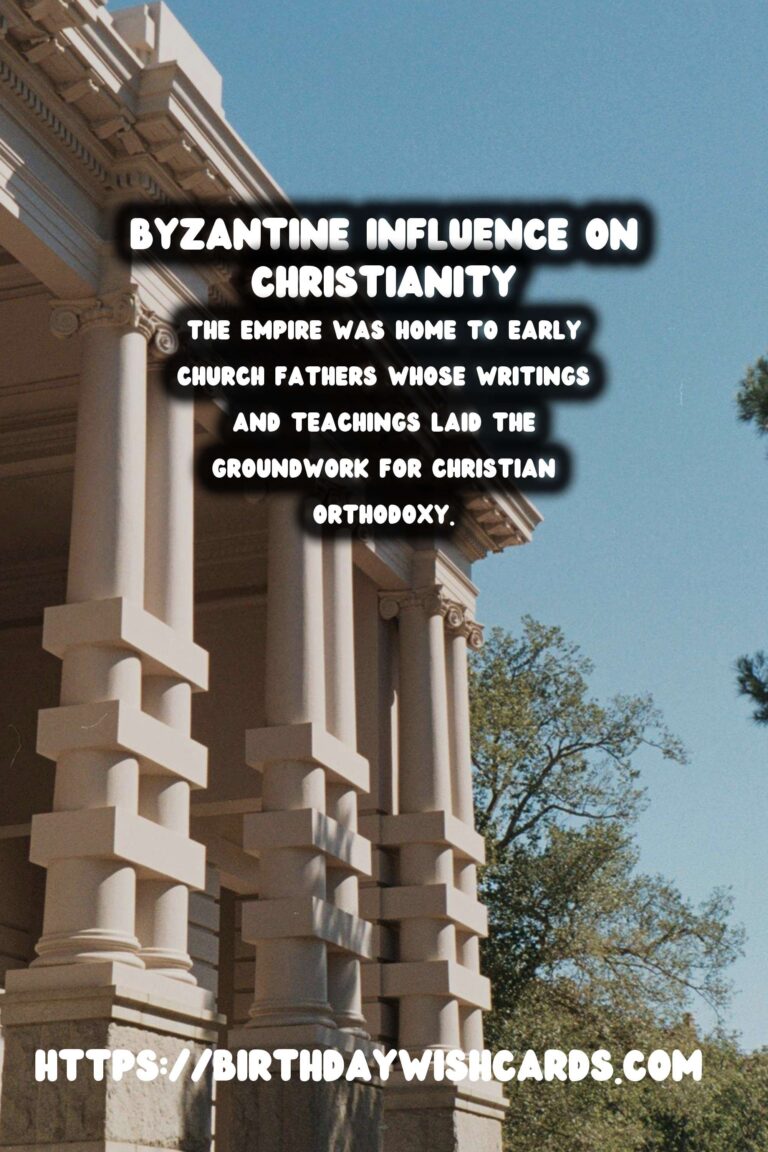


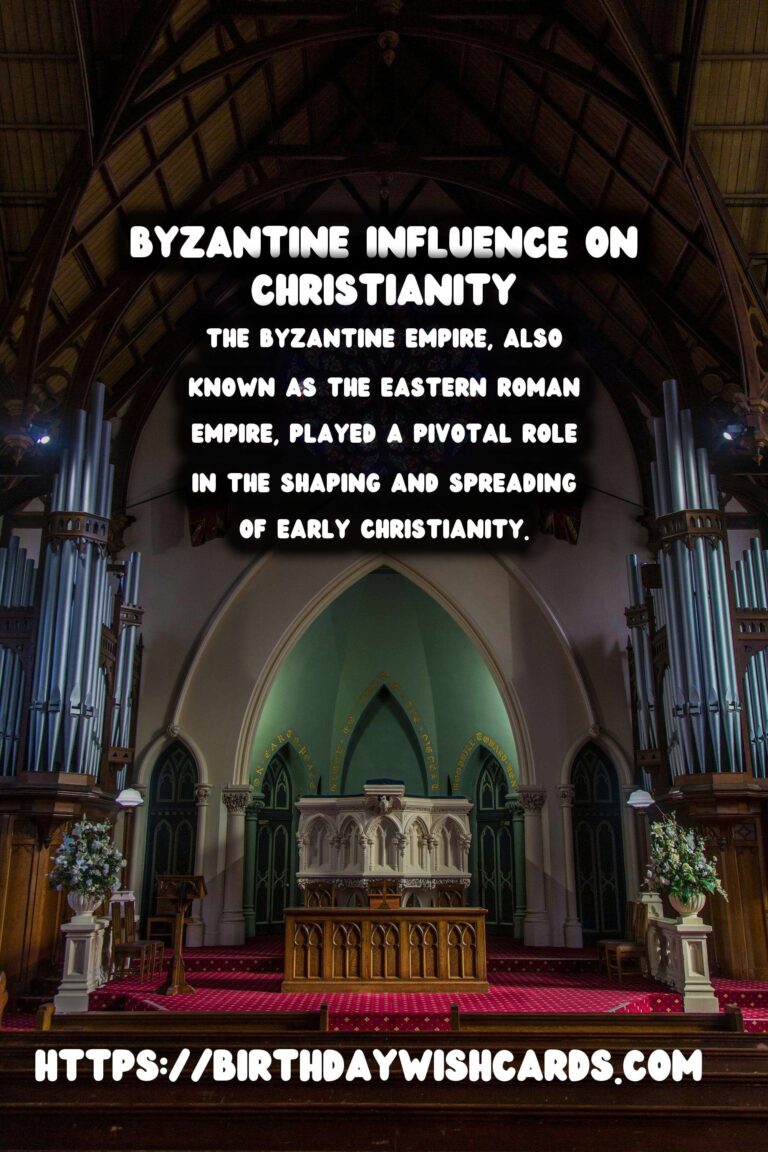

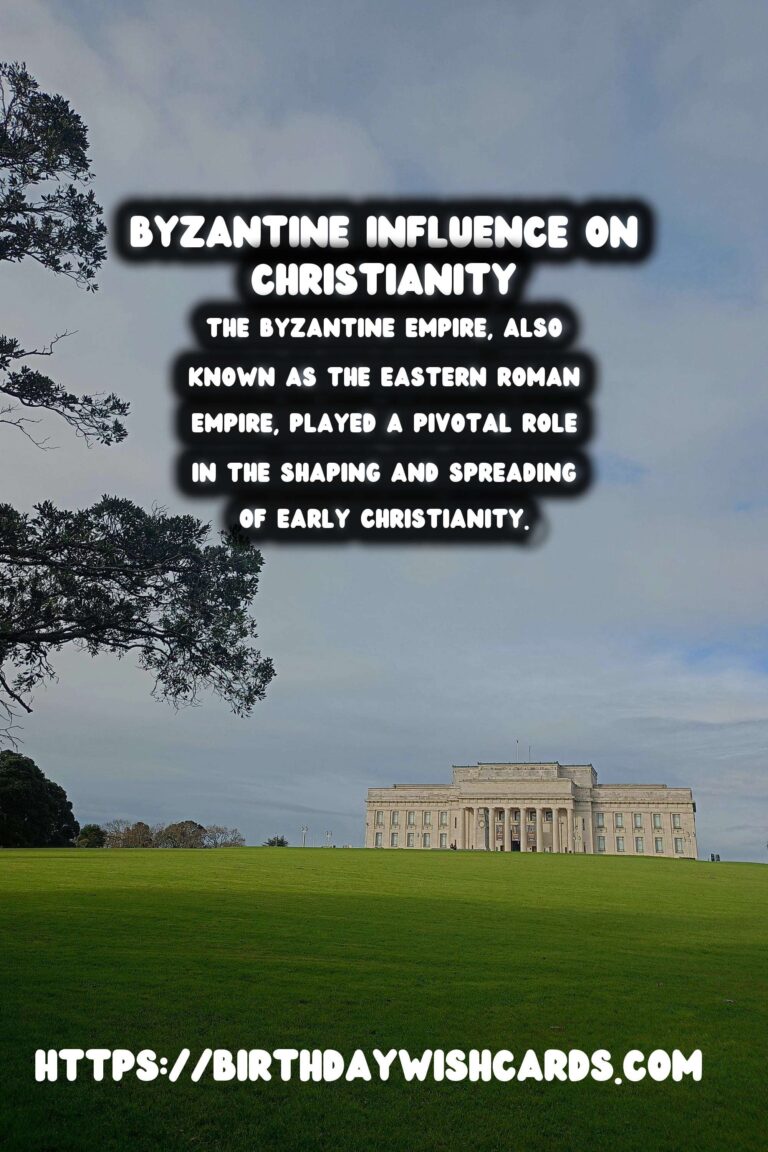

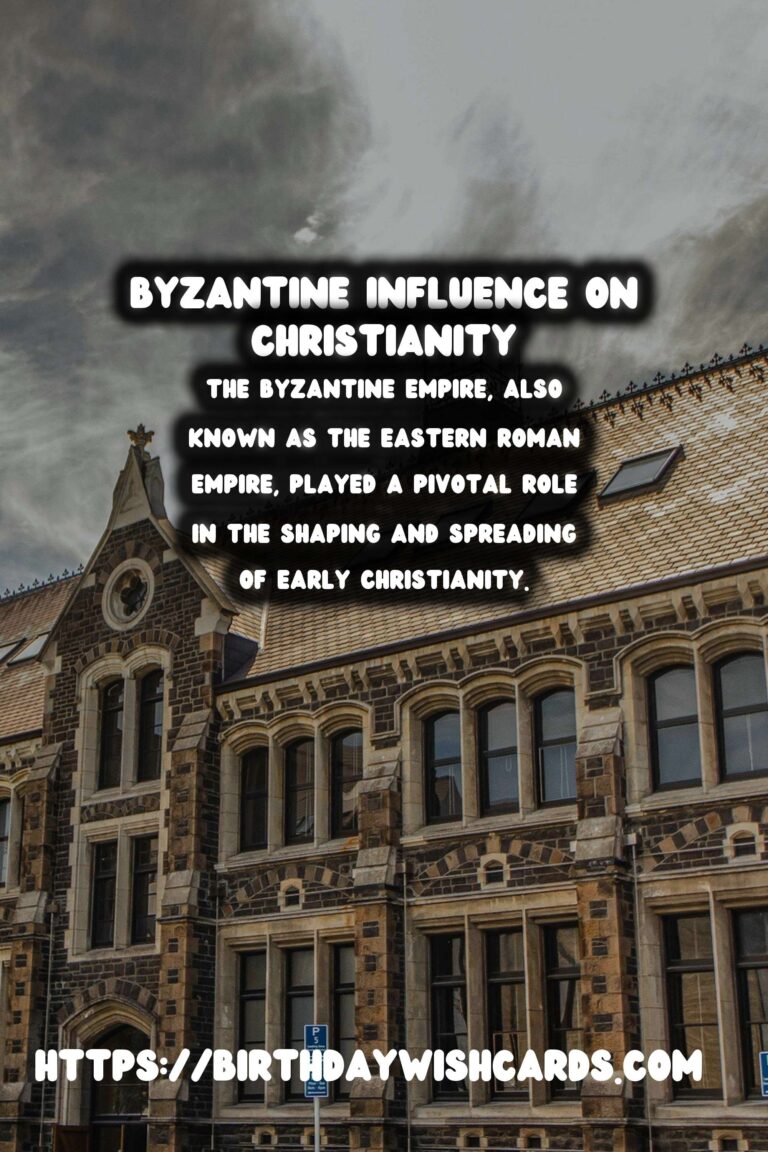
#Byzantine #Christianity




